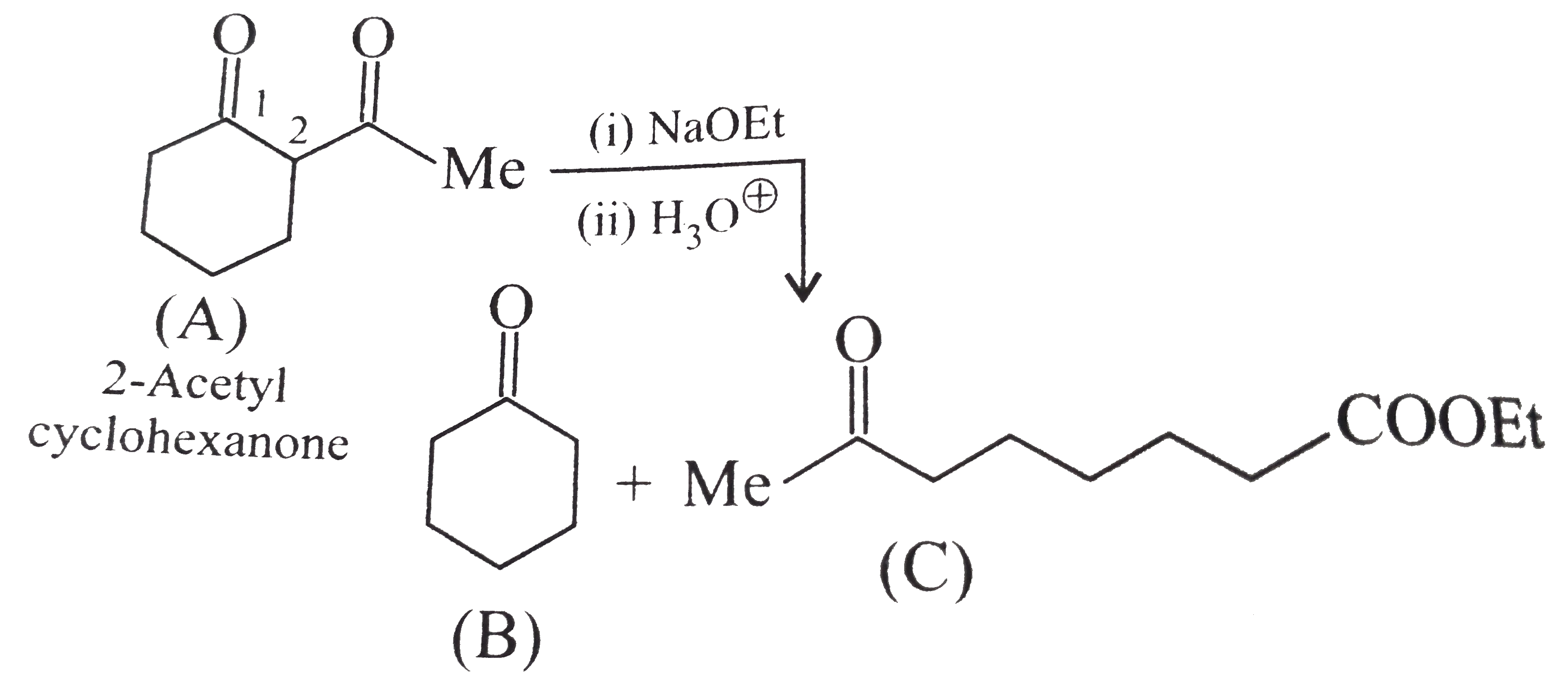Explain the behaviour of lanthanoids with respect to the following - (a) formation of hydrides, (b) formation of oxides, (c ) reaction with mineral acids, (d) reaction with water. Solution in Bengali
Step by step video & image solution for Explain the behaviour of lanthanoids with respect to the following - (a) formation of hydrides, (b) formation of oxides, (c ) reaction with mineral acids, (d) reaction with water. by Chemistry experts to help you in doubts & scoring excellent marks in Class 12 exams.
Topper's Solved these Questions
- BOOK - CHHAYA PUBLICATIONCHAPTER - D - AND F - BLOCK ELEMENTS EXERCISE - PRACTICE SET 8 (Choose the correct alternative)3videos
D - AND F - BLOCK ELEMENTS
- BOOK - CHHAYA PUBLICATIONCHAPTER - D - AND F - BLOCK ELEMENTS EXERCISE - PRACTICE SET 8 (Answer the following questions)10videos
D - AND F - BLOCK ELEMENTS
- BOOK - CHHAYA PUBLICATIONCHAPTER - D - AND F - BLOCK ELEMENTS EXERCISE - EXERCISE (FILL IN THE BLANKS)28videos
D - AND F - BLOCK ELEMENTS
- BOOK - CHHAYA PUBLICATIONCHAPTER - COORDINATION COMPOUNDS OR COMPLEX COMPOUNDSEXERCISE - PRACTICE SET 212videos
COORDINATION COMPOUNDS OR COMPLEX COMPOUNDS
- BOOK - CHHAYA PUBLICATIONCHAPTER - ELECTROCHEMISTRYEXERCISE - PRACTICE SET 4(Answer the following questions)14videos
ELECTROCHEMISTRY
Similar Questions
Which of the following ions is expected to be colourless in aqueous solution -
02:28View SolutionWhy are most transition metal ions paramagnetic ?
04:44View SolutionThe radii of silver and gold are comparable due to _________ _________.
03:19View Solution(b) Determine the hybridisation of the central metal ion.
[Fe(C2O4)(H2O)4]2SO402:30View SolutionWhat is overvoltage?
View SolutionExplain the formation of products (B), (C), and (D) in the following reaction.
01:30View SolutionExplain the formation of (B), (C ) and (D) in the given reaction:
02:23View SolutionExplain the formation of the compound in the following reaction.
 .02:23View Solution
.02:23View SolutionLight reaction or the 'Photochemical' phase include (A)____,(B)____, (C)_____ and formation of (D)_____
View SolutionArrange the following given reactions in a sequence for the process of nitrogen fixation.
(A) Formation of metal nitrates
(B) Formation of nitrogen doxide.
( C) Formation of itric oxide
(D) Formation of nitric acidView SolutionWhich of the following reactions represents the enthalpy of formation of water?
04:09View SolutionFor the reaction A+B⇔C+D, the forward reaction is exothermic. The activation energy of formation of A+B is ……….that for the formation of C+D
02:59View SolutionFor the reaction A+B⇔C+D, the forward reaction is exothermic. The activation energy of formation of A+B is ……….that for the formation of C+D
05:56View SolutionExplain the formation of coloured ions by lanthanoids
03:31View SolutionExplain the formation of photochemical smog with reactions.
01:12View Solution

